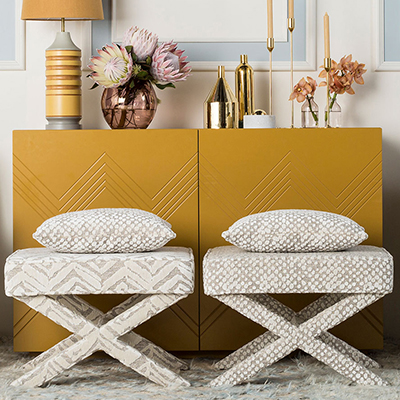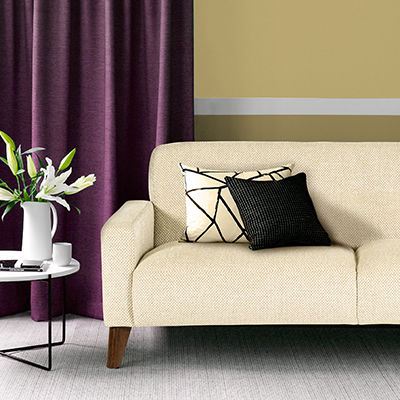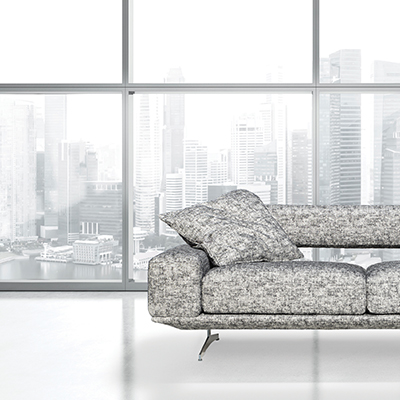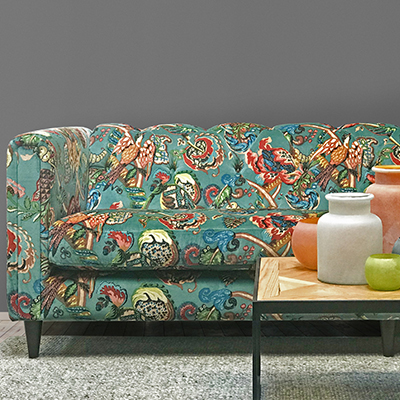Interior design tips from Hildy Kovacs.
It doesn’t matter who you are, an expert interior designer or an amateur staring down the barrel of your first project, redecorating a room can be a daunting task. Be it a new room or an existing one, there are a few simple steps to ensure the process is properly conceptualised, organised and finalised.
1. Plan.
Start with a basic layout. Think about what seating combinations could work along with the tables, side tables, lamps, rugs, artwork, accessories and anything else in the room.
Always keep in mind the function of the area and who will be using it most. It pays to be realistic about the family culture here too – kids and pets will be often all over valued pieces whether you want them to be or not.
Also consider whether you entertain a lot, and how often the furniture will be in use. This is an important consideration, because it will determine what materials you should use.
2. Choose a theme.
There are five basic categories but, of course, these can be expanded into other exciting approaches also.
Traditional. This style provides a formal layout and seating arrangement. The primary focus is on antiques, detailed wood pieces, velvets, linens, damask, rolled arms, buttoning and diamond buttoning.

Country. This category accentuates curved yet simple shapes and soft, earthy and natural tones. Look for linens and cottons with floral accents, painted whitewashed wood shutters, tables and draws and large feather cushions.

Casual. Practical and simple, this style delivers the type of furniture you want to sink into and spend a day on. With ‘squishy’ seating, loose covers, multiple cushions and warm, inviting fabrics and colours the casual look is all about being approachable and comfortable.

Contemporary. With angular but clear-cut lines the contemporary interior theme focuses on open layouts, minimal embellishments and a simple but sophisticated visual impact. Stainless steel and glass accents are often utilised and an overall ‘less is more’ approach makes the most of the few pieces of bespoke furniture.

Eclectic. There are no hard and fast rules here – but that’s not to say there shouldn’t be an overall plan for the look and feel of the room however. Use a mix of colours, patterns and textures to represent your history and style – but do so with a careful balance that is at once inviting and intriguing.

3. Determine your budget.
To begin with take your time looking for the best value in your price range.
Remember here that value does not equal cost. When in doubt, consider the words of Aldo Gucci – “The bitterness of poor quality is remembered long after the sweetness of low price has faded from memory”.
Here it will help to also have a rough idea of the time you require for redecoration. Some pieces can be bought straight away and others planned for in the near future. Such an approach means you can stick to a budget in the short and long term while ensuring any half-hearted ‘stop-gap measures’ don’t become too entrenched.
Be patient and don’t let anyone tell you want you should have shouldn’t have. Trust your own judgement – you will be the one who has to live with the end result.
This basic brief will enable you to take the next step. Now you can either go it alone or work with a professional. If using the latter be sure to provide a clear and workable brief to your designer. A good interior designer will take your brief and expand on it. With their skill and knowledge they’re the perfect ally in helping you create your very own special place.
